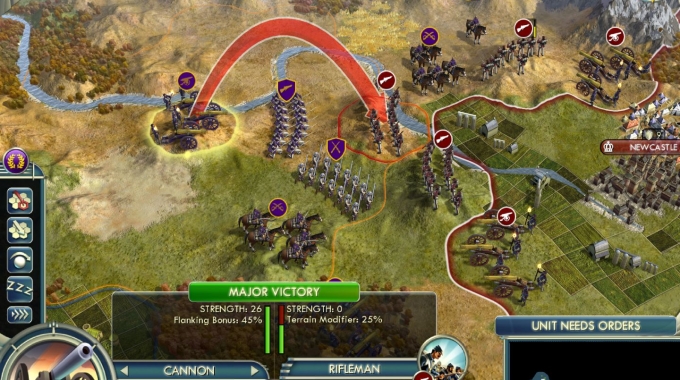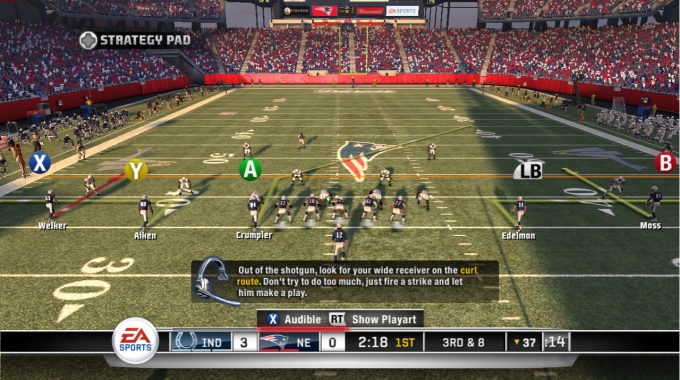For IBM’s Watson technology, What Happens After “Jeopardy!”?
IBM’s Supercomputer Has Implications for Healthcare, Information Tech and More
Wouldn’t it be nice to have your very own supercomputer in your pocket?
If your laptop crashed while you were working on a major presentation, you could ask your portable expert to help diagnose the problem. If you wanted to bone up on Middle Eastern history, you could ask it to comb every document available and then wrap it all up in a simple summary (annotated, of course).



 Read the manual before using the interface. (Kinect Adventures)
Read the manual before using the interface. (Kinect Adventures)







